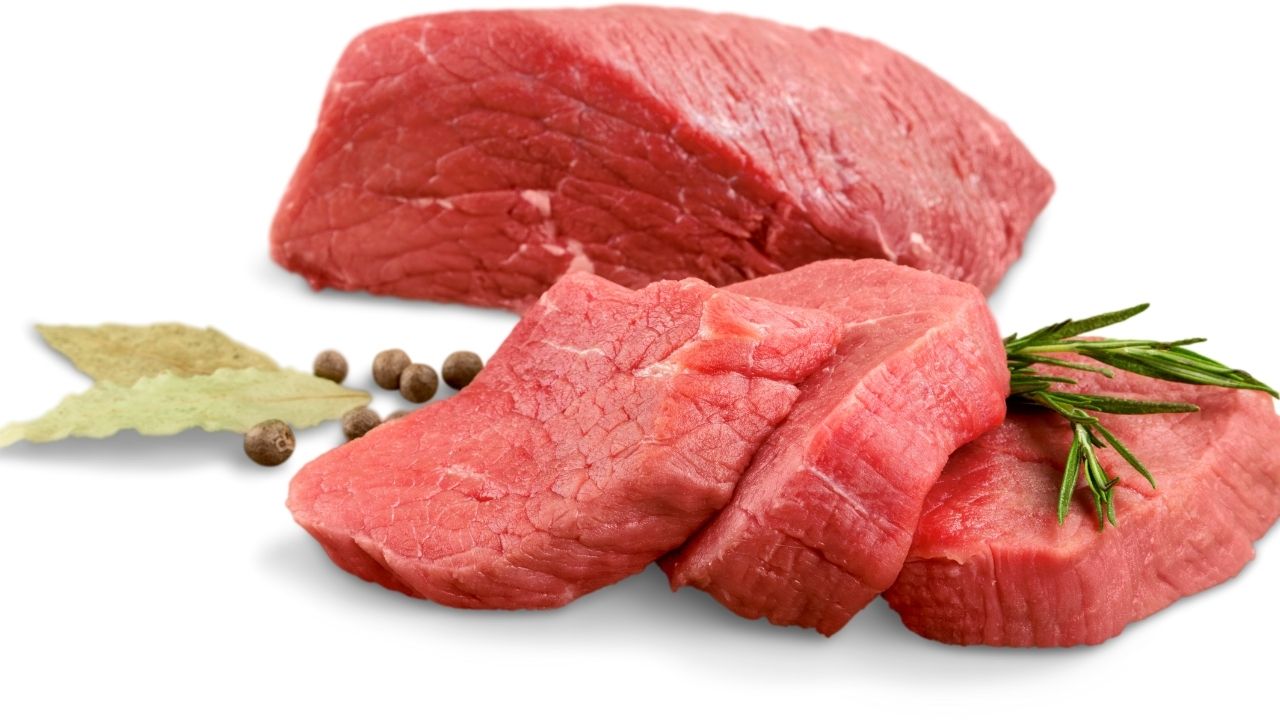Lifestyle
The Absolute Best Cuts of Beef For Making a Steak

Millions of people enjoy meals based on or around beef. There are several different cuts, and with so many offers on the market, the average consumer tends to get confused. It’s difficult to know which cuts have the strongest flavors, which need to cook the longest, and which offer the most texture.
Knowing which cuts come from which part of the beef can help determine cooking methods and the best type of meat for those on a small purchasing budget.
When a beef is cut, it is divided into quarters and then into prime cuts. Here are the different cuts available for each part of the beef.
Palette Cuts
The front and shoulder of beef produce shoulder or shoulder cuts, which vary in quality and tend to be the cheapest. Because the shoulder area of beef is used so regularly, the cuts are not as smooth as those of other types of meats. For that reason, they are best for steaks used in slow cookers in order to dissolve the fibers of the meat. Examples of shoulder cuts include shoulder top blade, chuck pot roast, shoulder steak, and boneless short ribs.
Leg Cuts
The leg of the beef is located on the front legs. It is extremely tough and full of connective tissue, something to consider when cooking. Leg cuts are best when cooked slowly. The most common cuts in this area are the chambarete or chamorro (shank cross cut) and breast (brisket).
Ribs
The ribs of beef are the best and tastiest. This is due to the fat distribution and marbling, which makes it tender and juicy. These types of cuts are best processed in dry heat. Some of the popular cuts are rib roast, ribeye steak, back ribs, and rib eye roast.
Loin
Lean and flavorful cuts from the loin section are often the most coveted. Tenderloin and porterhouse come from the short loin area and are among the most expensive. Other cuts from that area are top loin and rib steaks (T-bone steaks).
A Sirloin Cut
The sirloin is directly behind the tenderloin and produces some of the least fatty of cuts. The tri-tip steak, tri-tip roast, and top sirloin steak are cuts from that region. These cuts are versatile, but keep in mind that being boneless, these cuts dry out quickly.
Hip or Churrasco Cuts
The churrasco (round) comes from the section of the beef rump. It is a lean area with little fat, which makes it harder than the best cuts. It’s a popular cut, but it can be difficult to cook, and its cuts are best when simmered. Choose from black pulp (top round), square (bottom round), eye round, ball (sirloin tip side steak), and round tip.
Belly and Flank Cuts
These parts of the carcass are located under the belly of the animal. Cuts in this area tend to be greasy and tough. Marinade and simmering soften these cuts of meat. The most common cut taken from this area is flank steak.
Takeaway Message
If you are interested in buying a steak, you should definitely consider checking out Chicago Steak Company. The Chicago Steak Company is one of the best choices for people who want to order the finest beef cuts for their house. They specialize in hand-cut, Midwest raised, USDA Prime beef.
Simply put, they have the best beef in the market. If you want to treat yourself to a fantastic piece of steak, you can’t go wrong with this one! In addition, they ship everywhere within the US and it is a contact-free delivery right to your doorstep.
Lifestyle
Wanda Knight on Blending Culture, Style, and Leadership Through Travel

The best lessons in leadership do not always come from a classroom or a boardroom. Sometimes they come from a crowded market in a foreign city, a train ride through unfamiliar landscapes, or a quiet conversation with someone whose life looks very different from your own.
Wanda Knight has built her career in enterprise sales and leadership for more than three decades, working with some of the world’s largest companies and guiding teams through constant change. But ask her what shaped her most, and she will point not just to her professional milestones but to the way travel has expanded her perspective. With 38 countries visited and more on the horizon, her worldview has been formed as much by her passport as by her resume.
Travel entered her life early. Her parents valued exploration, and before she began college, she had already lived in Italy. That experience, stepping into a different culture at such a young age, left a lasting impression. It showed her that the world was much bigger than the environment she grew up in and that adaptability was not just useful, it was necessary. Those early lessons of curiosity and openness would later shape the way she led in business.
Sales, at its core, is about connection. Numbers matter, but relationships determine long-term success. Wanda’s time abroad taught her how to connect across differences. Navigating unfamiliar places and adjusting to environments that operated on different expectations gave her the patience and awareness to understand people first, and business second. That approach carried over into leadership, where she built a reputation for giving her teams the space to take ownership while standing firmly behind them when it mattered most.
The link between travel and leadership becomes even clearer in moments of challenge. Unfamiliar settings require flexibility, quick decision-making, and the ability to stay calm under pressure. The same skills are critical in enterprise sales, where strategies shift quickly and no deal is ever guaranteed. Knight learned that success comes from being willing to step into the unknown, whether that means exploring a new country or taking on a leadership role she had not originally planned to pursue.
Her travels have also influenced her eye for style and her creative pursuits. Fashion, for Wanda, is more than clothing; it is a reflection of culture, history, and identity. Experiencing how different communities express themselves, from the craftsmanship of Italian textiles to the energy of street style in cities around the world, has deepened her appreciation for aesthetics as a form of storytelling. Rather than keeping her professional and personal worlds separate, she has learned to blend them, carrying the discipline and strategy of her sales career into her creative interests and vice versa.
None of this has been about starting over. It has been about adding layers, expanding her perspective without erasing the experiences that came before. Wanda’s story is not one of leaving a career behind but of integrating all the parts of who she is: a leader shaped by high-stakes business, a traveler shaped by global culture, and a creative voice learning to merge both worlds.
What stands out most is how she continues to approach both leadership and life with the same curiosity that first took her beyond her comfort zone. Each new country is an opportunity to learn, just as each new role has been a chance to grow. For those looking at her path, the lesson is clear: leadership is not about staying in one lane; it is about collecting experiences that teach you how to see, how to adapt, and how to connect.
As she looks to the future, Wanda Knight’s compass still points outward. She will keep adding stamps to her passport, finding inspiration in new cultures, and carrying those insights back into the rooms where strategy is shaped and decisions are made. Her legacy will not be measured only by deals closed or positions held but by the perspective she brought, and the way she showed that leading with a global view can change the story for everyone around you.
-

 Tech5 years ago
Tech5 years agoEffuel Reviews (2021) – Effuel ECO OBD2 Saves Fuel, and Reduce Gas Cost? Effuel Customer Reviews
-

 Tech6 years ago
Tech6 years agoBosch Power Tools India Launches ‘Cordless Matlab Bosch’ Campaign to Demonstrate the Power of Cordless
-

 Lifestyle6 years ago
Lifestyle6 years agoCatholic Cases App brings Church’s Moral Teachings to Androids and iPhones
-

 Lifestyle5 years ago
Lifestyle5 years agoEast Side Hype x Billionaire Boys Club. Hottest New Streetwear Releases in Utah.
-

 Tech7 years ago
Tech7 years agoCloud Buyers & Investors to Profit in the Future
-

 Lifestyle5 years ago
Lifestyle5 years agoThe Midas of Cosmetic Dermatology: Dr. Simon Ourian
-

 Health7 years ago
Health7 years agoCBDistillery Review: Is it a scam?
-

 Entertainment6 years ago
Entertainment6 years agoAvengers Endgame now Available on 123Movies for Download & Streaming for Free
